The Co-operative College has been delivering co-op development work in Malawi for over five years, firstly through the Supporting Co-operatives in Malawi project (2012-2015) funded through the Scottish government, and now through the CEPEESM project (2015-2018).
CEPEESM (Co-operative Enterprise Pathways for Economic and Environmental Sustainability in Malawi) is run by the College to encourage younåçg people to see co-ops as a viable livelihood option. It also aims to empower women; promote environmentally sustainable agriculture; create awareness of renewable energy technologies; and help grow co-operative support organisations through strengthening the national apex body.
In August, Dr Amanda Benson and Dr Sarah Alldred from the UK’s Co-operative College visited Malawi, attending focus groups in the central and northern regions, and visiting co-ops to witness first hand the impact of the project.
Drawing on her experience of learning and agriculture, Dr Benson documented the trip in a series of blogs for the College.
“This was my first time in Malawi,” she says. “The stunning scenery and changing landscapes were breathtaking, but what was more amazing was to see how the College’s work has made such an enormous difference, not only to grassroots co-operatives and individual farmers, but also to strengthening the movement so it’s sustainable in the long term.
“It was also impressive to hear about the training results of the College’s work in Malawi, delivered by the CEPEESM project team, including John Mulangeni (project manager) and three project officers, which has meant co-operatives are becoming more recognised as a form of enterprise up and down the country.”
The following pages include edited extracts from Dr Benson’s blogs, and some of the photos she took along the way…
Read the full blogs at co-op.ac.uk/news
Tuesday 8th
Making a difference in Malawi – what can we do better?
After a few days of adjustment and planning, we attended the first CEPEESM focus group in Lilongwe, hosted by Portia Chirwa (project officer for the southern region). It aimed to share information and experiences between co-ops from the central and southern regions of Malawi. Around 40 co-operators attended, along with participants from co-op support organisations such as the Malawi Federation of Co-operative Organisations (MAFECO) and government ministries.
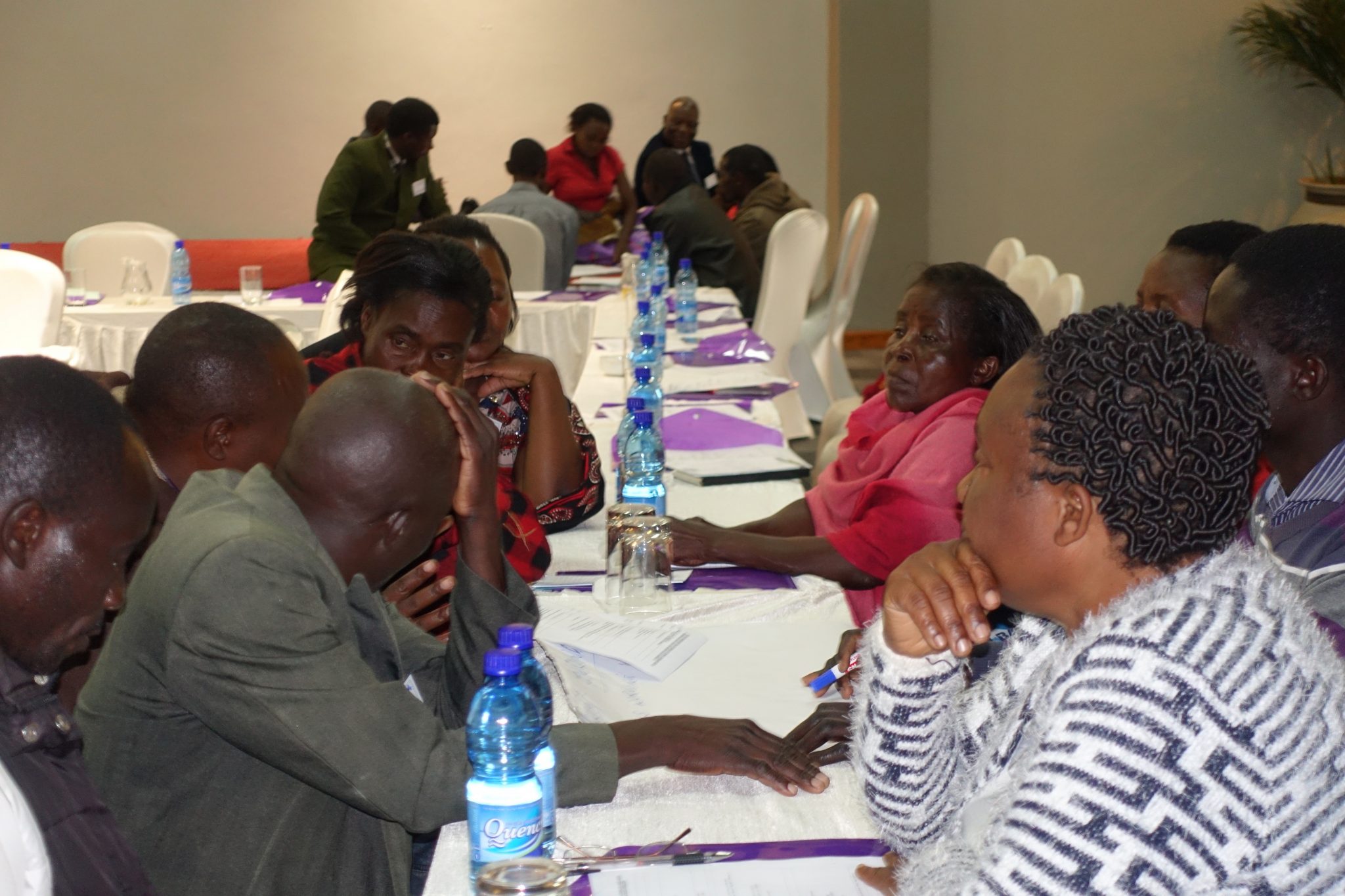
Participants emphasised the continuous support of the Co-operative College in supporting them to develop the co-operative movement, while project manager John Mulangeni highlighted the importance of participants strengthening their co-ops by working together. He also demonstrated how co-operatives can help achieve the United Nations’ 17 Sustainable Development Goals, making links between each of the goals and the work that co-operatives are doing in Malawi.
Working groups then explored themes such as members (particularly young people and women), governance, production and value chains. Many attendees felt that improvements have been made in the areas of governance and membership – but that more support was needed to encourage young people to be trained in leadership roles. Access to improved agricultural information was also seen as important, as was having better links to other co-ops.
The second half of the day focused on an open discussion session which aimed to find out how MAFECO can better serve the Malawian co-operative movement, and also how the co-operative movement can help this fledgling organisation develop the most appropriate services. Attendees were keen to emphasise that it is a reciprocal relationship, and that it is important for everyone to feed into and support the apex as it grows, so it can best respond to what is needed.
Wednesday 9th
The long road to Mzuzu
On Wednesday we drove five hours north to Mzuzu with John and Caanan Gondwe (chair of COMSIP, the Malawian savings and investment promotion credit union).
The north is mountainous with a more temperate climate, and is home to the famous Mzuzu Coffee Producers Co-operative Union. Mzuzu itself is a very peaceful town nestled in the hills, with low bungalow-style buildings surrounded by trees and smallholder plots and gardens. We had a trip to the Mzuzu Coffee Den to buy some coffee beans, before driving up to the Mzuzu Coffee Suites, a lodge-style compound with rooms to stay in. Both of these businesses are a good example of how the co-op union is diversifying its business to increase incomes for its members.
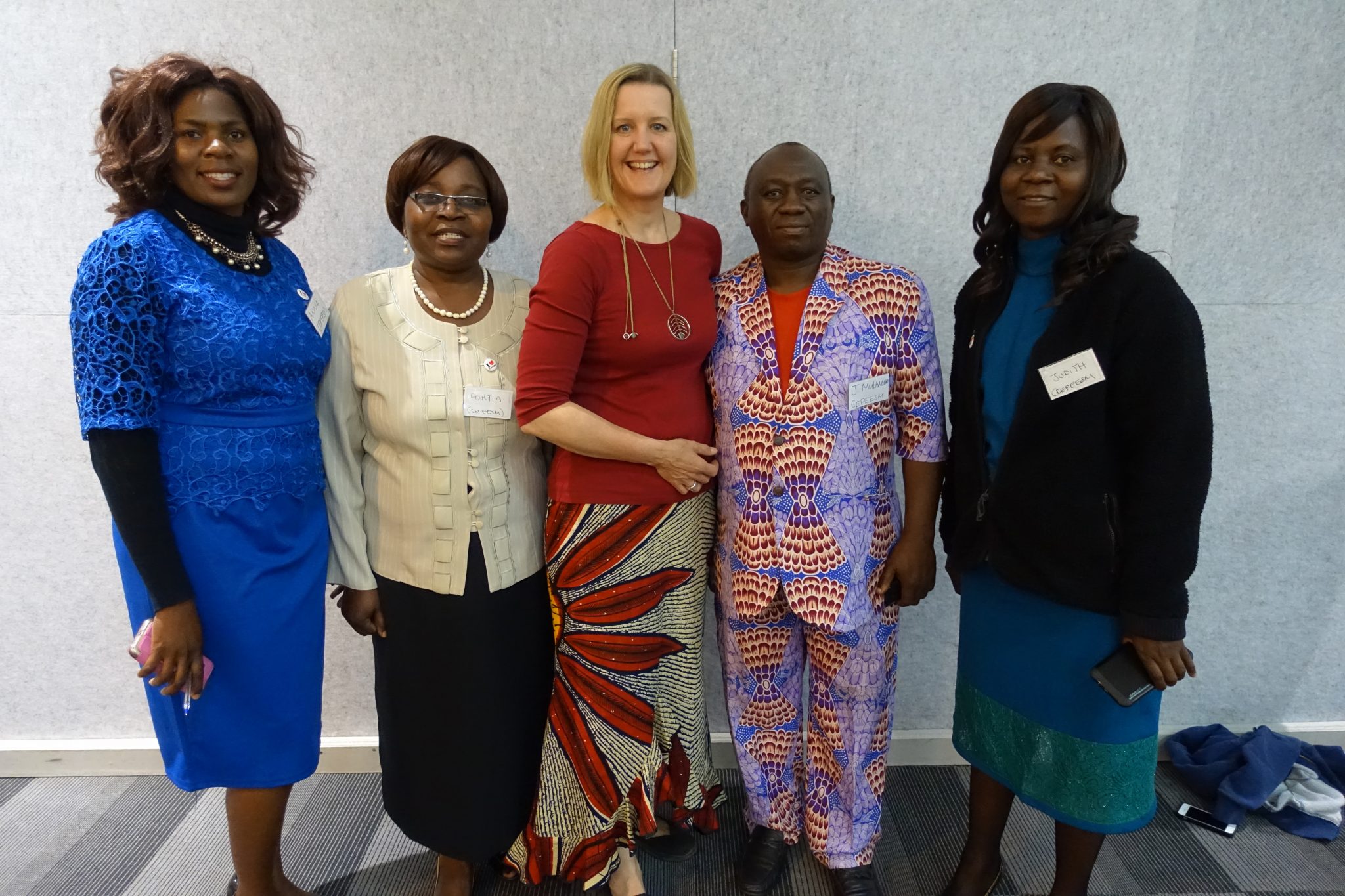
Thursday 10th
Mzuzu focus group
The second CEPEESM focus group covered the northern region of Malawi and followed the same format as the first – although the types of
co-operative here are very different due to the change in climate and geography.
Along with coffee, there are also rice, sunflower, apple and fishing co-ops, along with the usual soya and maize. More unusual co-ops include the Maringa soap-making co-operative and even a gemstone co-op dealing in precious and semi-precious stones.
One of the points that came up was that many of the co-operatives were not part of a co-operative union, and so there was a lot of discussion around the benefits of working together to strengthen their co-operatives. This generated some debate around how some co-ops may struggle to pay the fees for the union. It was argued that sometimes their margins are very tight – particularly when they are struggling to find markets for their goods or the price fluctuations in the markets affecting their profits.
Another issue that came up was that of supporting the inclusion of people with disabilities, the elderly and the chronically ill.
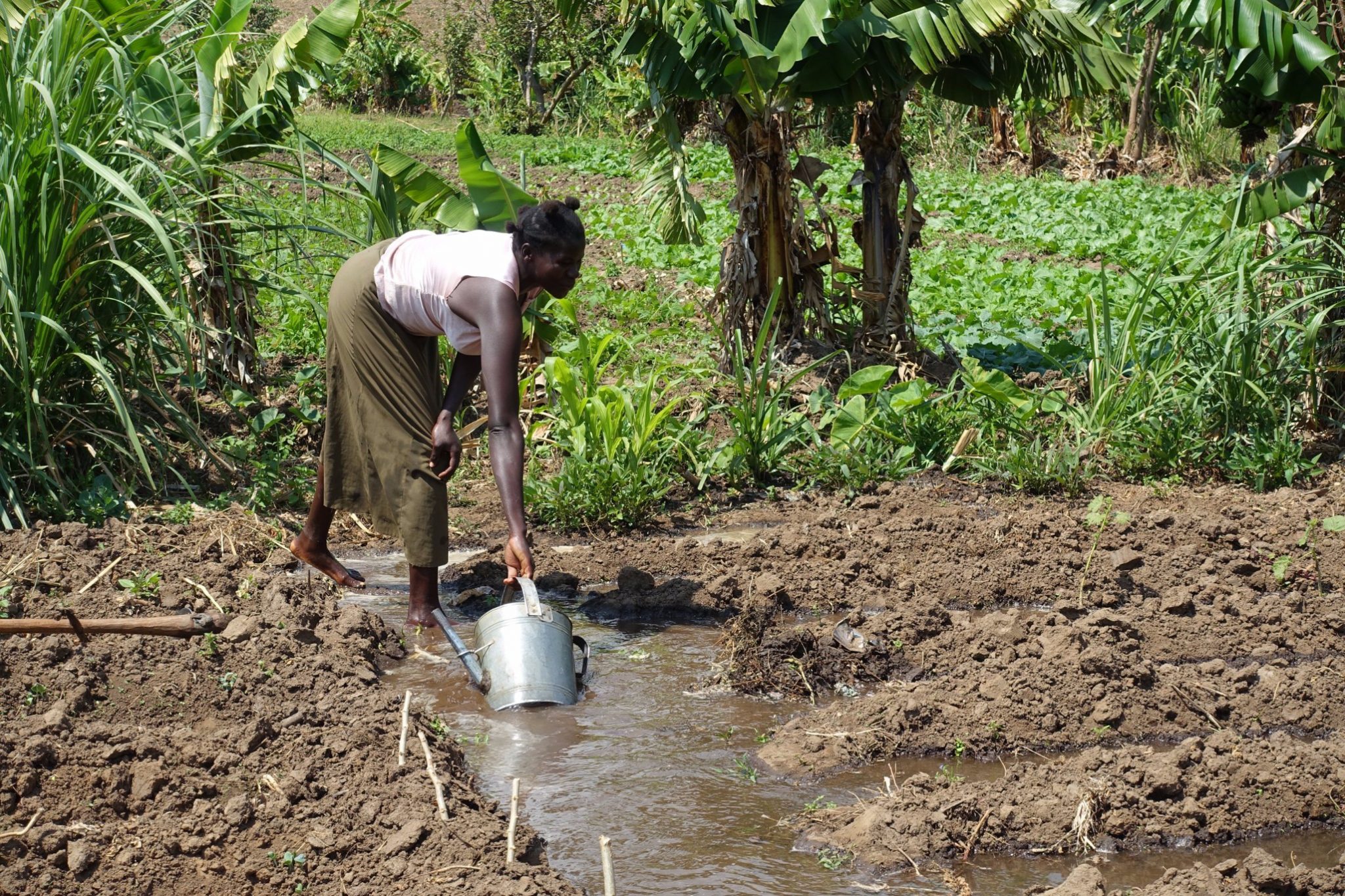
Friday 11th
Mlongoti Horticulture Co-op and Hara rice co-op
The next day we travelled even further north to visit the Mlongoti Horticulture Co-operative Society.
As we rose out of Mzuzu, the weather and landscape again changed, from lush green misty hills to much warmer and drier plains stretching to the base of sharp mountains. We turned off the main road and into one of the valleys where the river has been partially channelled into an irrigation canal which runs beside the co-op’s main production area.
Members’ plots are irrigated via a number of ditches which feed into their gardens and can be opened and closed as needed. We saw cabbage, sugar beans, okra, castor, cassava, sweet potato, tomatoes, yam and banana as well as other more perishable leafy plants grown for home consumption in smaller quantities. The co-operative members talked about how they have enormously benefited from the organic fertiliser training offered by CEPEESM, saying it has not only helped their production but also helped them to stop having to use money lenders to buy fertilisers.
One woman joked that her husband used to hide when the money lenders came at the times when he couldn’t afford to repay them. I told her that also happens to people in the UK, and they were surprised that people had similar issues in Europe.
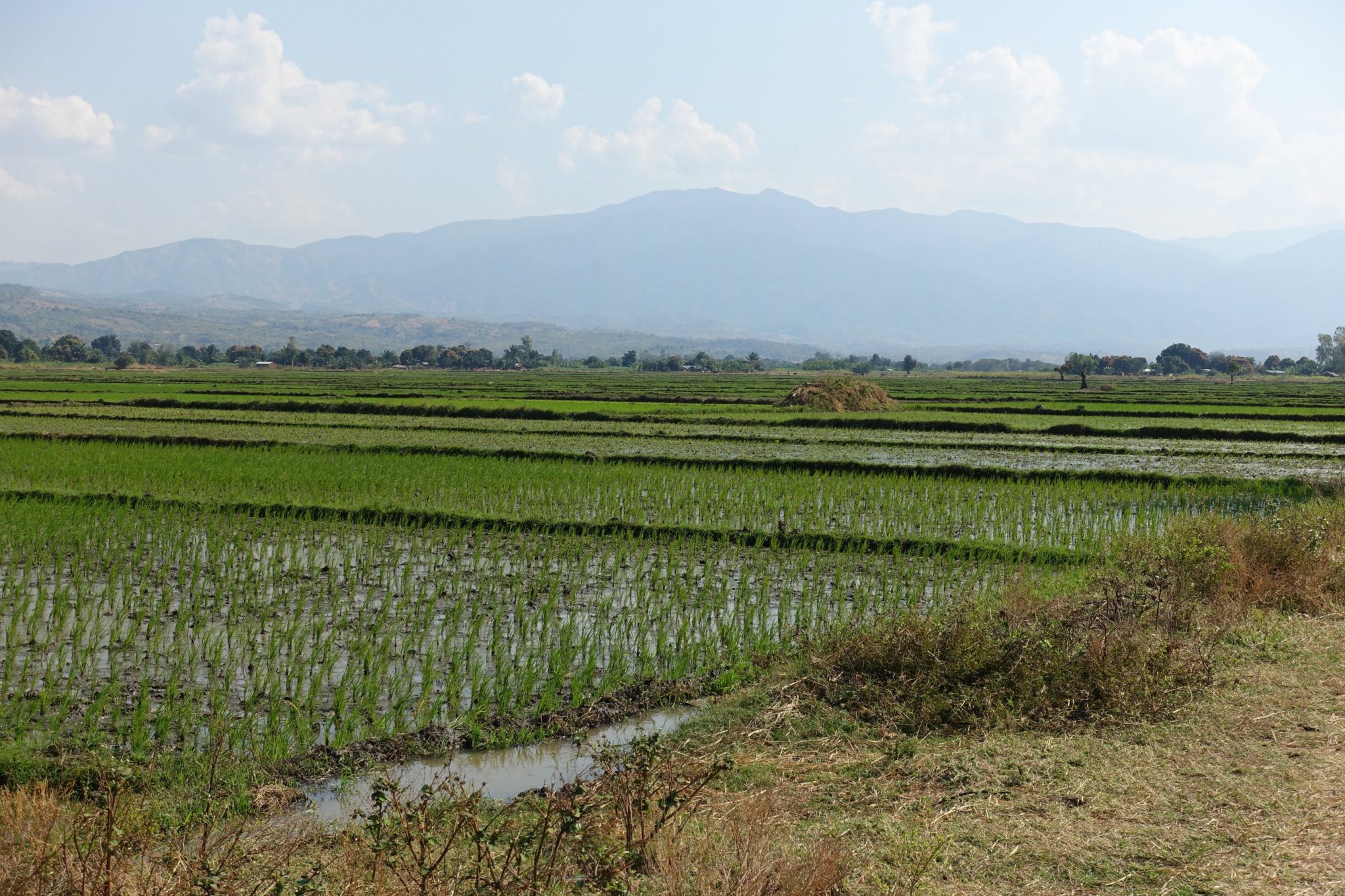
One of the other important outcomes of the project they were keen to share was the success of the gender training, saying it had made real changes in their lives and that now both men and women shared more of the domestic tasks, with men often cooking and helping to clean the house.
Later we visited the Hara rice co-operative, close to Lake Malawi. The drive there was stunning; the full panoramic view of the lake was truly breathtaking. After following the shore for half an hour we turned inland to the rice fields. They stretched for miles, fed by irrigation channels which had formed part of a government food security programme from the late 1960s.
The Hara rice co-operative has quite a sophisticated set-up with a large processing unit containing storage facilities, hulling and grading machinery along with a cleaning and packaging section. After a tour of the processing unit, we met with co-operative members, board members and staff in the shade of a mango tree.
One issue that came up through the course of the meeting was the fact that there are 153 co-operative members, of which 87 are women, yet only three of the nine board members are female. John and Annie Nyirenda (CEPEESM project officer for the northern region) suggested that before the next AGM in September they should run some sessions on gender equity and women’s capacity building training for leadership.
John emphasised that as women form the majority of the membership, they have the responsibility to ensure they have representation on the board.
This has been a big focus of our work across Malawi, with the number of women in leadership positions within co-operatives up by over 10% since the College started delivering these training programmes in the country.
Saturday 12th – Sunday 13th
The journey back to Lilongwe
For the journey back to Lilongwe, John suggested we visit the lake shore. We drove via some of the lakeside tourist resorts as well as small fishing communities; people fish using very small boats similar to canoes, most of them seemingly made from one single tree trunk. Much of the fishing is done at night, with lights used by the fishermen creating the ‘Lake of Stars’.
The main fish for sale along the shore was Chambo, both fresh and dried or smoked, but people were also selling very small dried fish, Usipa, and catfish, Mulamba. John stopped to buy some fish to take home, which were tied to the windscreen. This meant they were kept cooler and the constant air movement prevented flies from landing on them, but did make for an interesting view from the front seat!
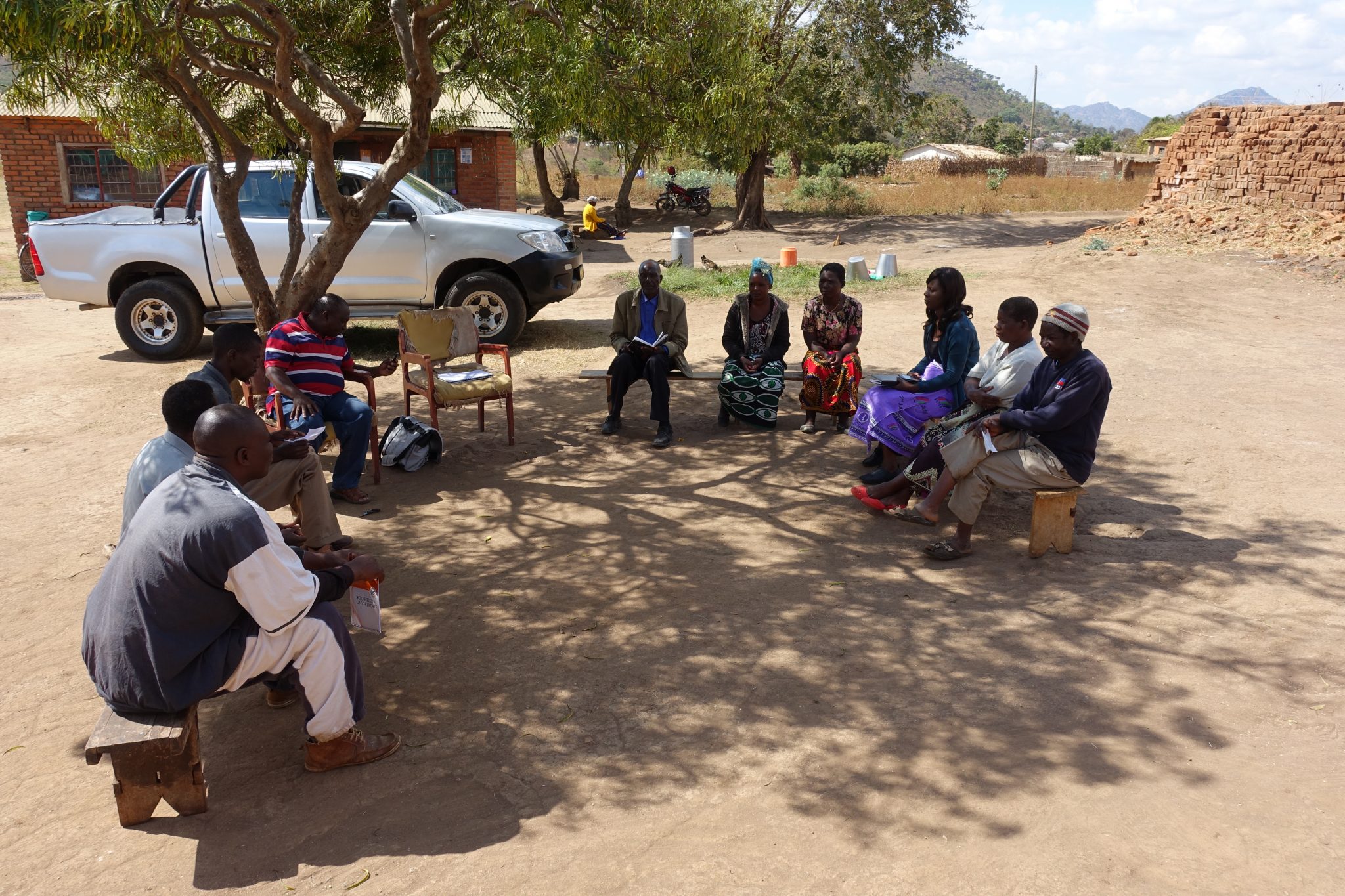
Monday 14th
Dzaonewekha Dairy Co-op and Mwansambe Coffee Co-operative
The Dzaonewekha Dairy Co-operative in the central region of Malawi, approximately 40km south of Lilongwe, started as an informal group in the 1970s. The group was given refresher training by Judith Chisiye (CEPEESM project officer for the central region), which they said equipped them with the knowledge to generate profit and be self-reliant, enabling them to buy a generator and cooling tank, and the newer of their two buildings.
The co-op has 356 members (172 men and 174 women) and an average of two cows per member, each with a daily yield of approximately 15 litres. People said this yield has greatly increased since they received training through the CEPEESM project, from 1,000 litres to 1,400 litres per day, mainly through training on feed improvement and organic fertiliser. The members also emphasised how much the training on how to buy shares in the co-operative had enabled them to improve the dairy’s infrastructure, as well as the business training and record keeping. They also spoke of how the project has connected them to other co-operatives, which has enabled them to share information and ask for advice.
Heading even further south we reached the Ntcheu district where the Mwansambe Coffee Co-operative is based. There we met with Niffa Chumachiyenda, chair of the co-operative. John said that her surname very fittingly translates as ‘worth the travels’!
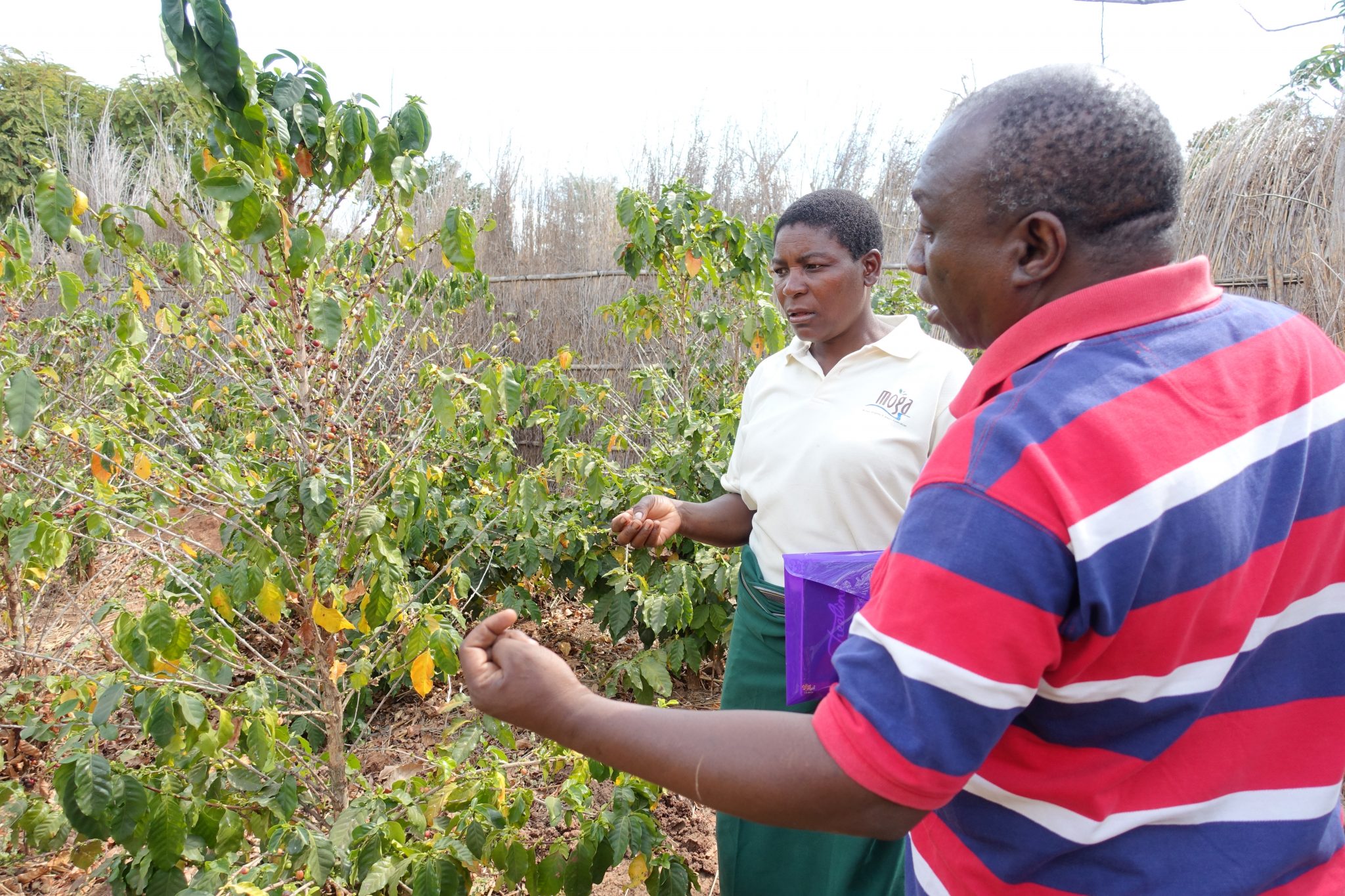
We looked at a plot of coffee plants and discussed some of the issues farmers were facing, such as sandy soil. We talked about compost making and introducing organic matter in to the soil – I asked them if they made compost with their food waste such as banana peels and they said they just throw them away, so we talked about building a compost heap and adding leaves and other plant waste to break down and improve the soil structure.
The co-operative was registered in 2015 and now has 300 members, 229 of whom are women. Before registering they had received a visit from the CEPEESM project and realised that they would be able to generate better profits if they formed a co-operative. Since then, they have received training on organic manure-making, liquid manure, leadership and governance. They said was very important for them to understand the difference between leadership styles, distinguishing between dictatorship and democracy. They also learned about business management, saying that this really opened their eyes to how they can better run their business; previously, as individual farmers, they were growing things without thinking about what was wasted and what they were getting in return, so it was impossible to know if they were making a profit.
I asked what had been the most important aspect of their training that the College had delivered and they agreed that it was the leadership training. They felt this had been the most helpful as it had greatly improved the working relationships between the co-operative leaders.
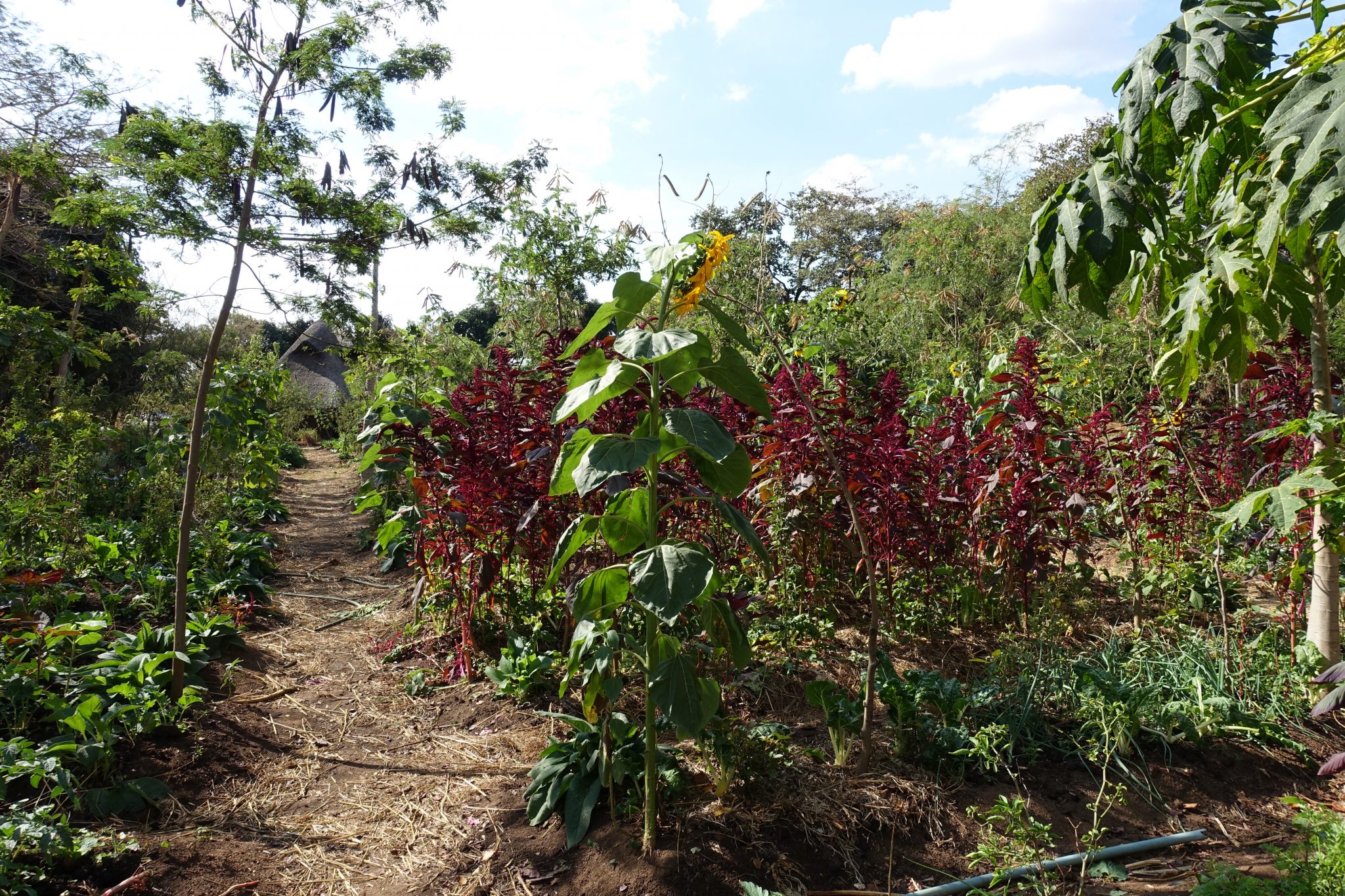
Tuesday 15th
Visit to Kusamala
Kusamala is the Malawi host organisation for the College’s project with the William Jackson Food Group, situated on the outskirts of Lilongwe. The aim of this project is to improve the livelihoods of farmers in the region and increase organic production. It also aims to increase awareness of issues around gender and youth, and HIV and AIDS. The College’s involvement focuses on overall project governance and promoting the ways in which the co-operatives can benefit small-scale farmers.
Kusamala worker Biziwiki showed me around the site, which is zoned into different areas comprising demonstration plots, chicken and pig enclosures, staple crops and a forest garden. There is also an outdoor classroom, a communal kitchen and accommodation area along with various compost toilets.
We talked about the fact that indigenous varieties of vegetables suffer from a lack of perceived value, but how they are often hardier and more nutritious than the imported varieties. One of the most interesting plots was the ‘home garden’ plot. This is used to show people how best to make the most of the area around their homes by growing a range of crops at different levels and with mixed vegetable beds of complementary plants – and ensures that there is always something in the garden to eat, even when water is scarce.